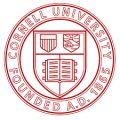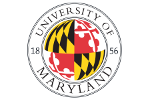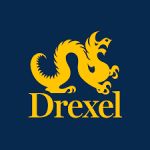
ZTF has drawn members from the world, from Taiwan through California through Israel,
Europe and the US. I continue to be impressed by the sheer breadth of science carried out by this global partnership.
--Mansi Kasliwal (Principal Investigator)

--Igor Andreoni (Co-Investigator)

--Anna Ho (Co-Investigator)

Joining the ZTF partnership provides two tremendous benefits for our institutions.
First, of course, is access to the high-quality data products - many of our science interests are not covered by the public MSIP
survey, and the ZTF system is unparalleled in its capability to conduct deep, wide-area target-of-opportunity response in the optical.
More importantly, the partnership provides a framework to collaborate with an international team of exceptional scientists.
Particularly for our junior members (graduate students, postdocs), this network has been invaluable for their professional development.
--Brad Cenko (Co-Investigator)

--Ting-Wan Chen (Co-Investigator)











